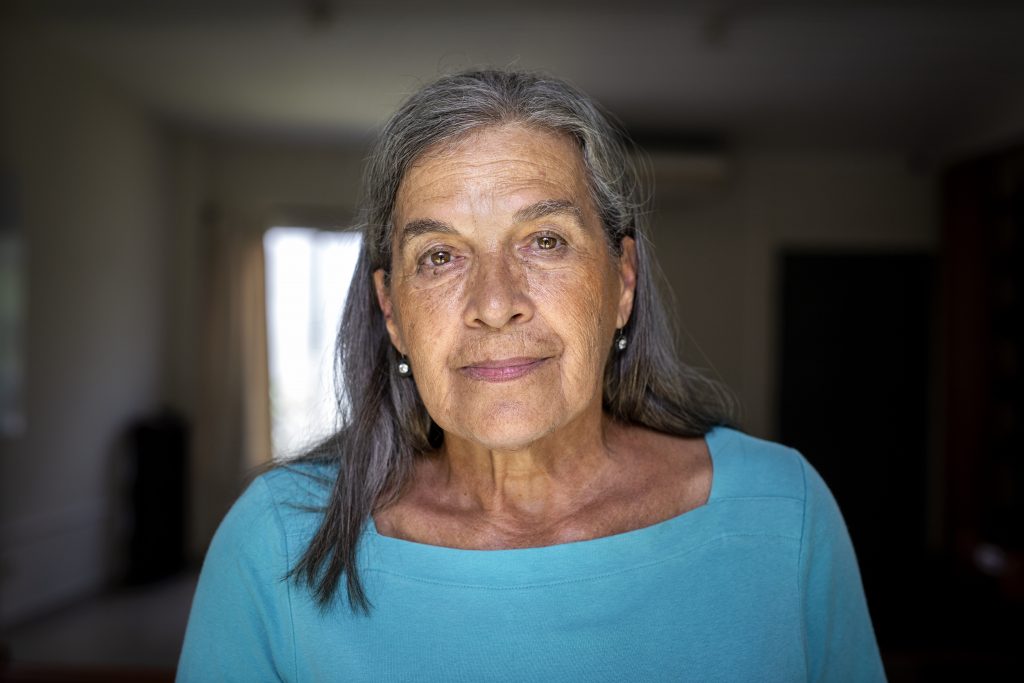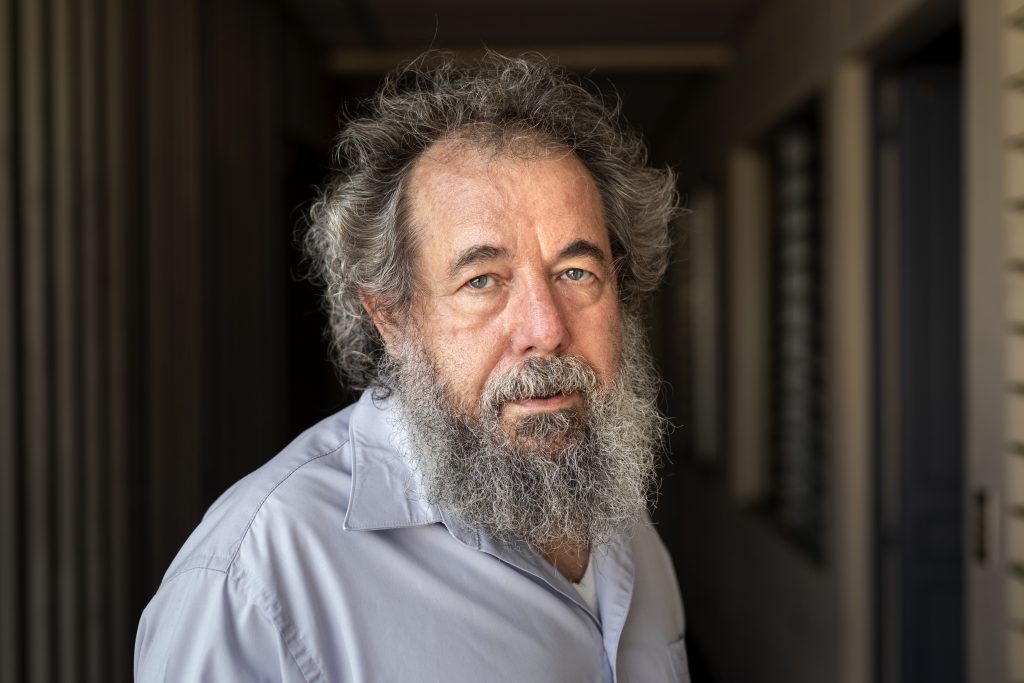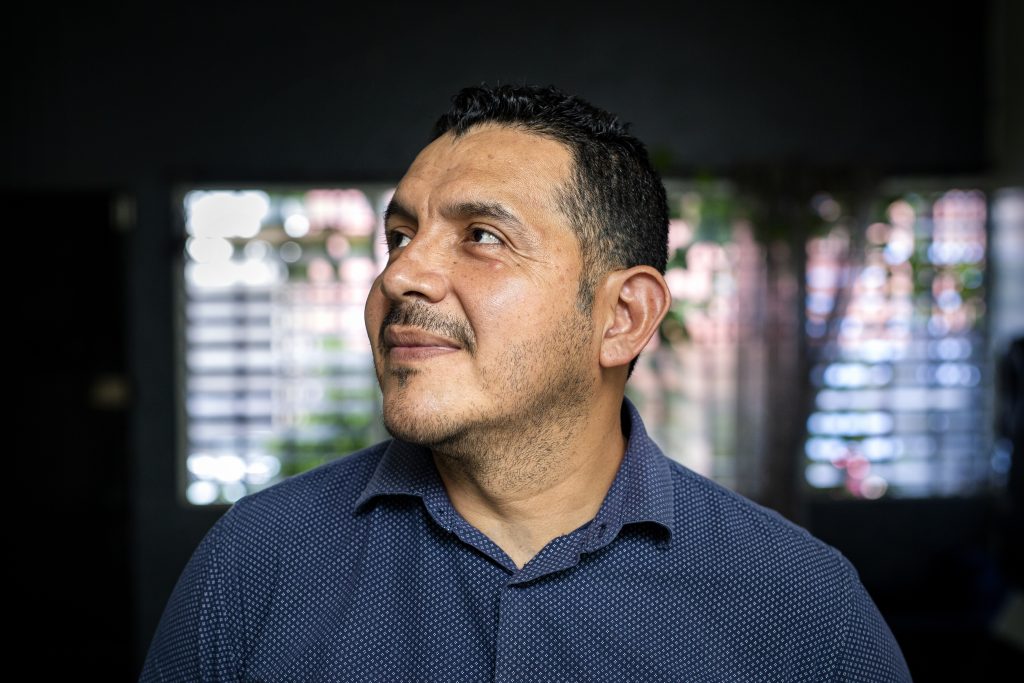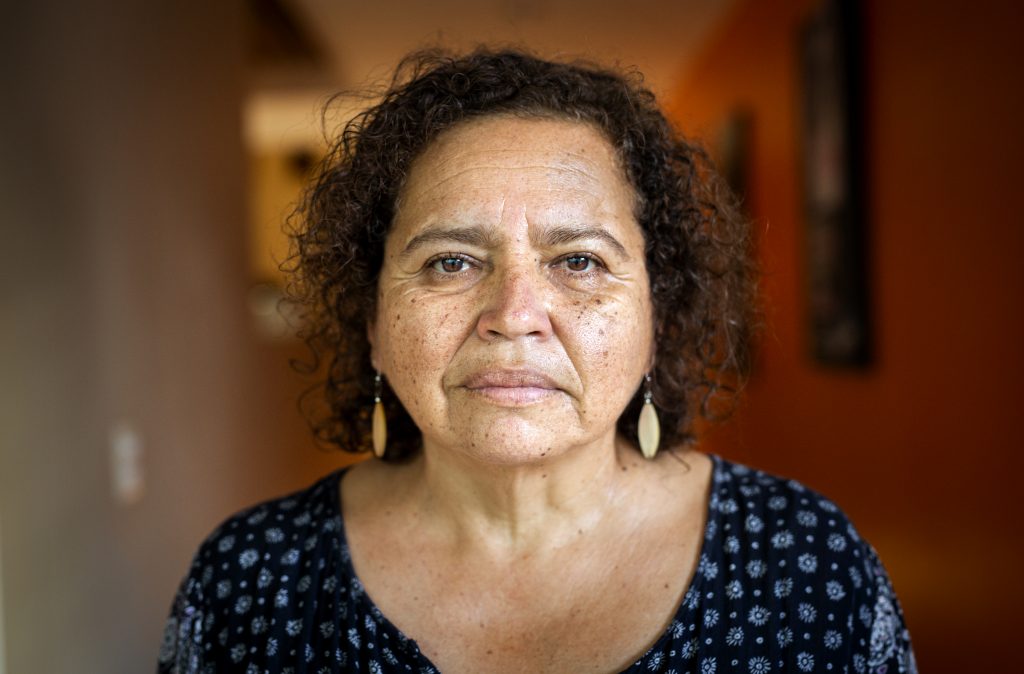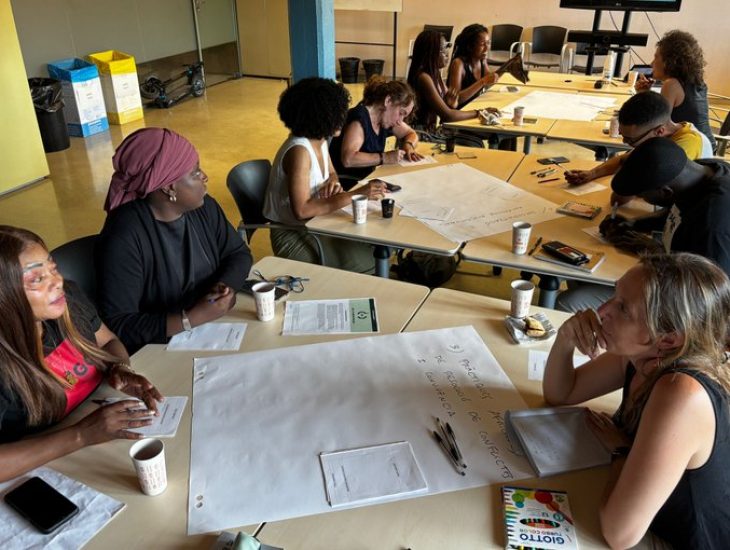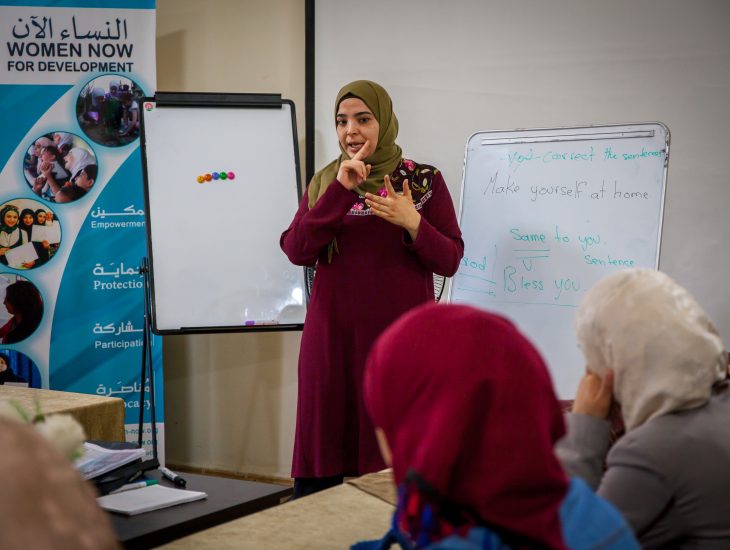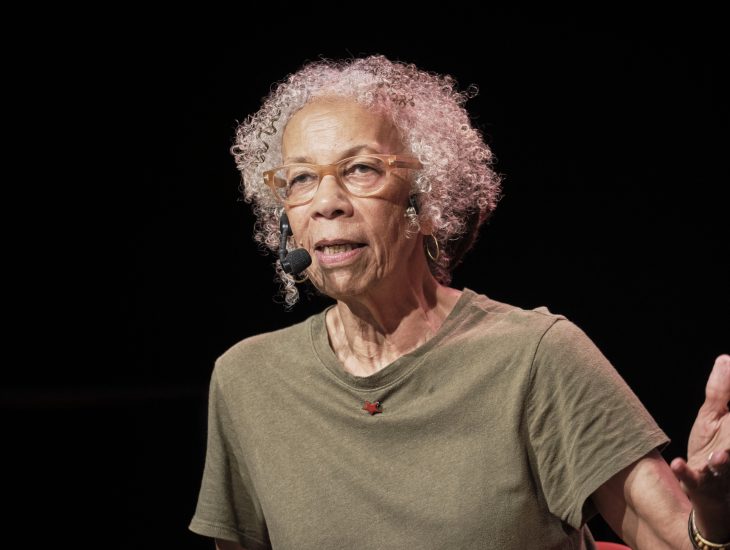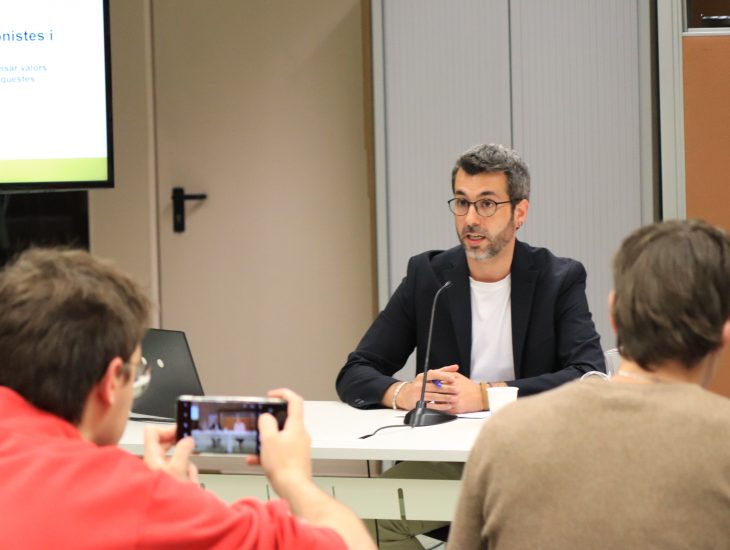On 15 October, coinciding with the celebration of the Second World Peace Congress, ICIP will launch the photo exhibition “Facing Violence: Stories of resilience in Central America“. The exhibition, created by the Ruido Photo group, will be on display for three days, until 18 October, at Plaça Joan Coromines in Barcelona.
Through photography and interviews, the exhibition is a journey through the many faces of violence that affect daily life in three Central American countries known as the Northern Triangle: El Salvador, Guatemala and Honduras. The figures are alarming: on average, a person is killed every 40 minutes. Extortions, rapes, kidnappings, murders and disappearances, but also situations of poverty and social exclusion, are part of the daily life of a large segment of the population, especially the most vulnerable.
However, in this hostile context of violence, the exhibition also gives voice to the people who fight, day after day, to transform this reality through educational initiatives, awareness, care and solidarity. Brave people who undertake projects with an amazing capacity for resilience, who demonstrate that history is not written and that there is extraordinary potential to advance towards peace.
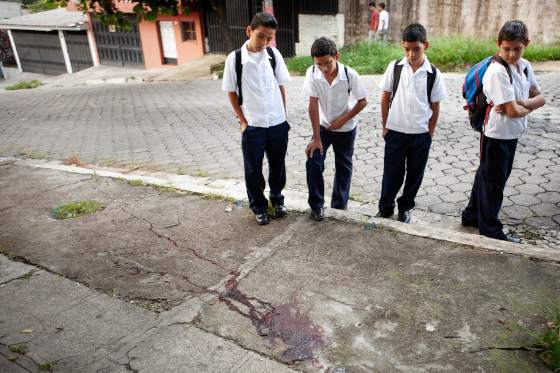
Women, children, youth and migrants
The exhibition is divided into four thematic areas: Women, Children, Youth and Migrants. Throughout the exhibition, the violence suffered by various sectors of society is shown. Women and children are particularly vulnerable, as are young people who, in poor and socially marginalized environments, are recruited by “maras,” lured by the promise of security. These gangs, which have become violent transnational mafias, give them the opportunity to grow and make easy money.
In this context, many people are forced to migrate, thus exposing themselves to arrest, kidnapping, rape or murder, mostly by organized crime. The Northern Triangle route to the United States is the scene of a serious humanitarian crisis.
As a counterpoint to the multiple forms of violence, the exhibition highlights the trajectory of four people who, from their fields of action, face the situation. Based on interviews, the exhibition features the following testimonies:
- Morena Herrera, women’s rights advocate, El Salvador
- Marisa Martínez, children’s rights advocate, El Salvador
- Wilfredo Gómez, former member of the “maras” and founder of the “Huellas de esperanza” (Traces of hope) program, El Salvador
- Mauro Verzeletti, founder and director of “La Casa del Migrante,” Guatemala
Marisa Martínez Mauro Verzeletti Wilfredo Gómez Morena Herrera
Technical characteristics
The exhibition includes a QR code through which those interested can access a Spanish and English translation of the texts. It also features an audio description system for the blind.
The exhibition consists of four cube-shaped structures that can be distributed in indoor and outdoor public spaces. The distribution of the cubes adapts to the space available and the exhibit is both easy to install and weather resistant. Each cube deals with a particular theme and features photographs on the outside and texts on the inside.
“Face to face with violences: Stories of resilience in Central America” is part of ICIP’s “Violences in non-war settings” work area.

